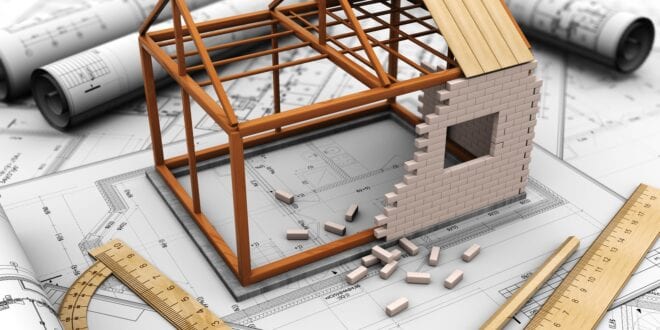Every massive or minor structure you see around started long before it was erected. The process all began from a blueprint known as a house plan.
This is a graphic design outline that consists of various parts. We will walk you through 5 of these parts as this will help you understand how the system works. As a result, you will be able to know the place of different parts of the blueprint
What Is a House Plan?
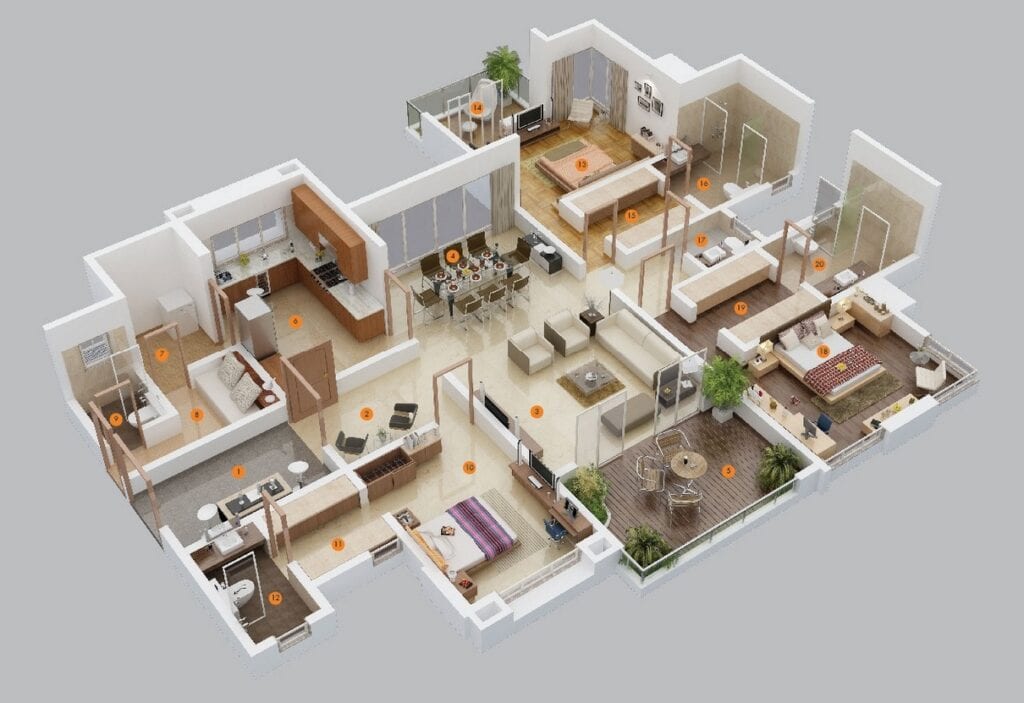
This is a working drawing or construction model that explains how a building will be constructed. Certain important specifications about an intended building are outlined in this design.
Some of the common features present include the techniques and methods of installations, the kinds of materials to be used, the layout of the construction, and the dimensions. These are important features regardless of the section of the blueprint.
Various Parts of a House Plan
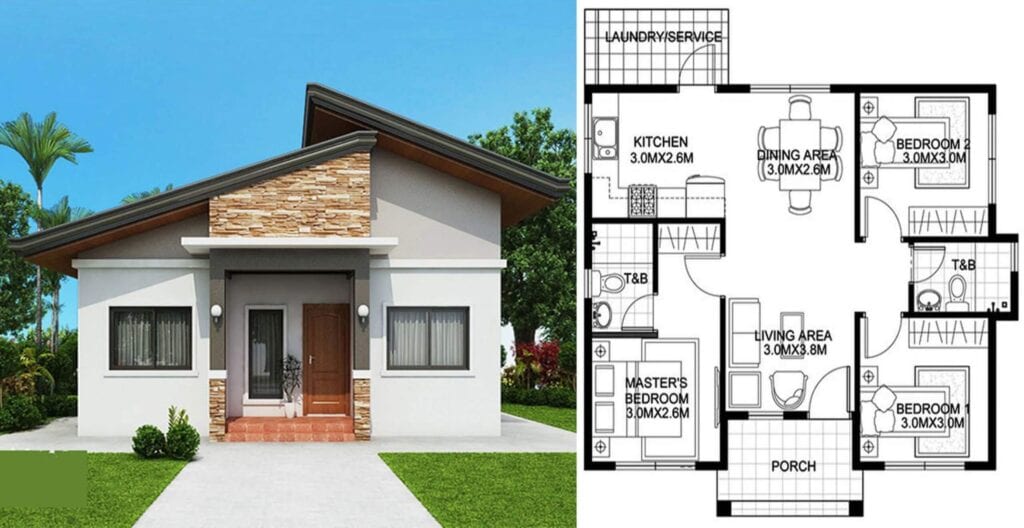
Because a building is made up of various parts and installations, this blueprint is composed of various sections. Some of the sections you should see in an ideal house plan include the following:
1. The floor Plan
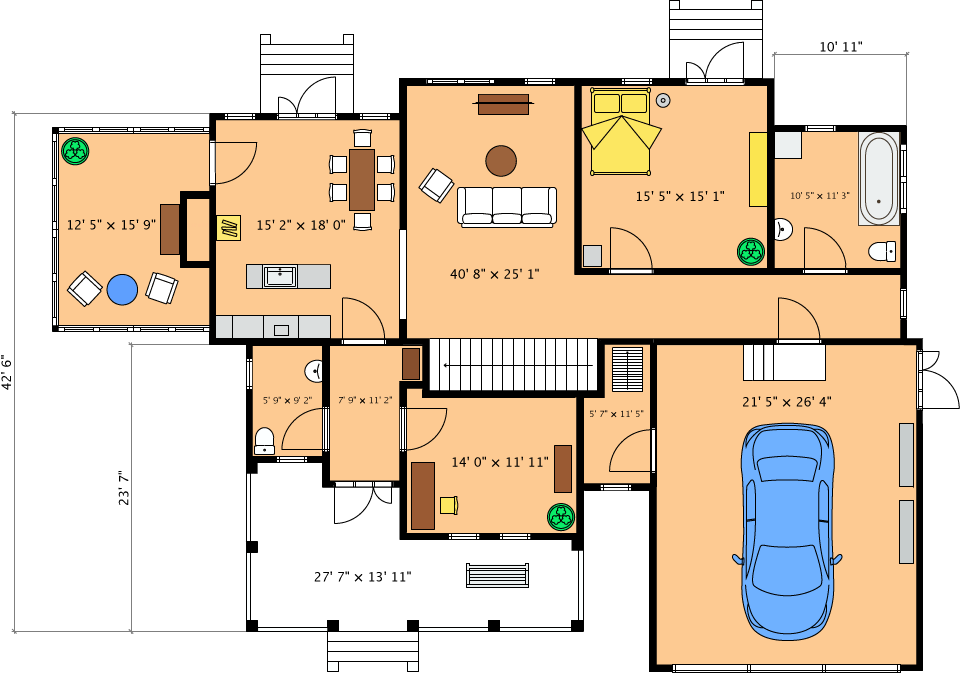
With this section, prospective homeowners, construction workers, and bodies responsible for regulatory compliance can understand what a building will look like. The drawing is from an overhead view and provides insight with parallel lines explaining the placement of the wall and some other parts of a house.
As explained above, details of dimension are a common feature in every section of the entire blueprint and this is not an exception. As it relates to the floor plan, dimensions are used to define the differences between various parts of a house and the length and sizes of these areas.
Frankly, the floor plan is one of the most important parts of this blueprint and it must be detailed enough. There are so many options that have been known to offer this. A good example will be truoba.com which gives you many carefully detailed options.
2. Site Plan
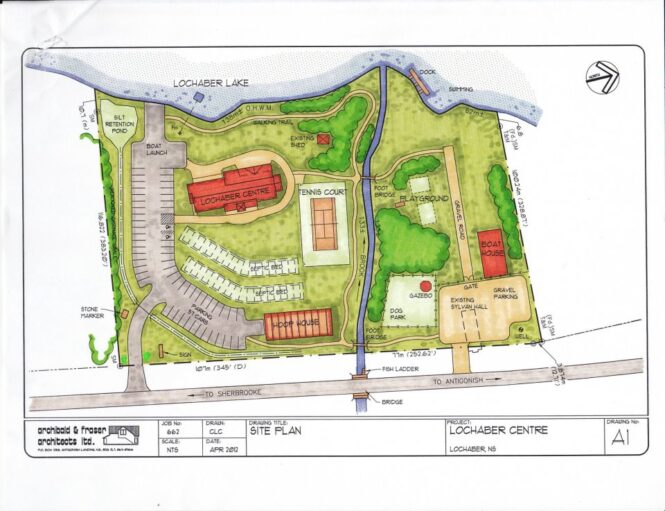
The location where a building will be situated is very important in designing a house. For instance, it determines the depth of the building’s foundation to a very large extent. The site plan is critical in helping every concerned party understand the placement of the house in the entire property.
This section of the blueprint will help enforcers of building laws ensure that the construction is in line with the local code. For instance, if there is a distance to be kept from the road, the dimensions will reveal if it is adhered to.
An ideal site plan should share details about the location of the walkways and driveways, topographical peculiarities like how sloppy the terrain is, setback requirements, where utility services will be located, and easement.
3. Elevations
The elevation also affords insight into how the building will look. However, this view is none—perspective. The topography of the location plays a huge part in the measurement of the elevation.
As a result, it is hard for two different locations to use the same elevation specifications even when the same house design plan is used. The slopes and other uniqueness of the topography will alter this part of the blueprint.
The elevation should tell about the ridge heights, exterior finishes, how the final fall plays out, roof pitches, and other things. The elevation should do all these from the rear, front, and side views.
4. Plumbing and Electrical Installations
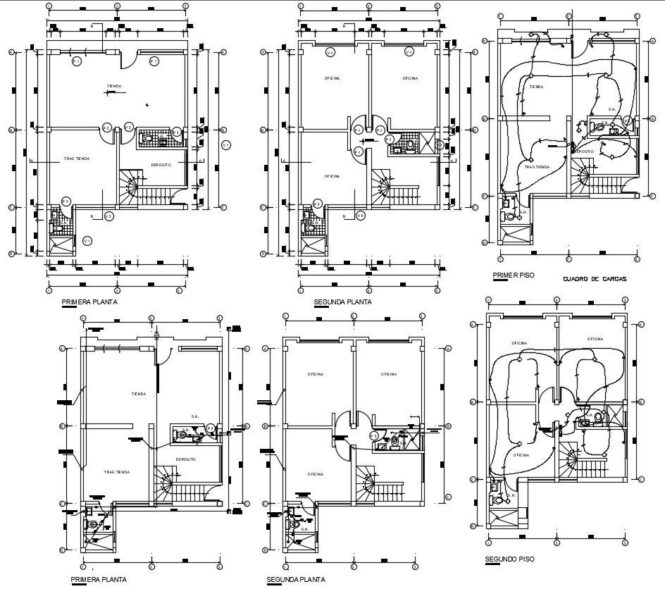
The architect is expected to be a very knowledgeable professional. This is why s/he can fit various things into the house. For instance, s/he should be able to figure out the placement of interior furniture.
In the same vein, this professional plays a huge part in where the plumbing and electrical installations would be in a building. At the very least, s/he will do this by designing the channel for electrical and plumbing works as evident in the blueprint.
5. Roof Plan
The roof plan is also an integral part of the entire blueprint. It allows construction workers to understand and implement what is expected for the roof framing and the pitches that will also make up the roof.
Conclusion
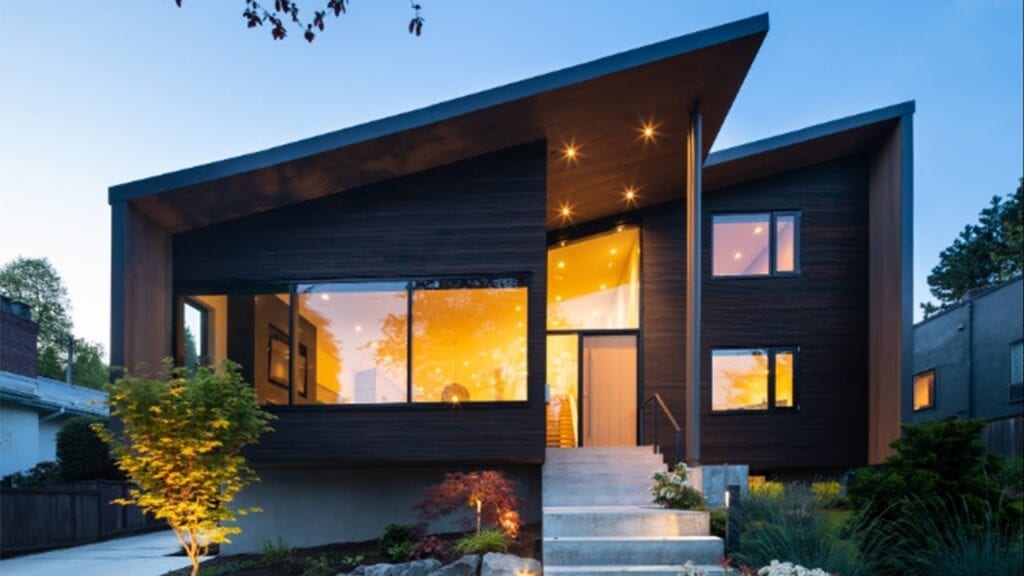
There are two major ways you can get this design. You can either have an architect design something for you or buy one online from a house design company. Whichever you opt for, make sure you are dealing with a capable professional.
Cross Sections
Section drawings indicate details of a part of the house cut through from roof to foundation.
They clearly show important structural elements and describe in detail how they will be built and they also discuss how the internal finishes will look like. They also specify the structure’s building and construction materials.
Material list
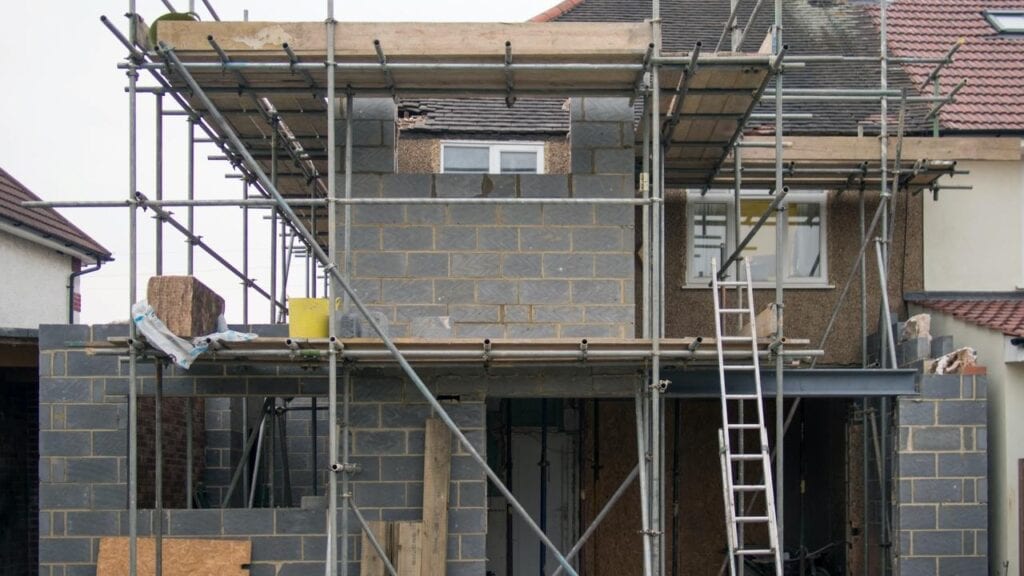
Though not a blueprint, a material list helps in pricing and budgeting for the entire construction process. The list gives detailed quantitative information for all items that will be used from the major ones such as stones, cement, and sand to the small ones such as nails and framing studs.
Internal Walls
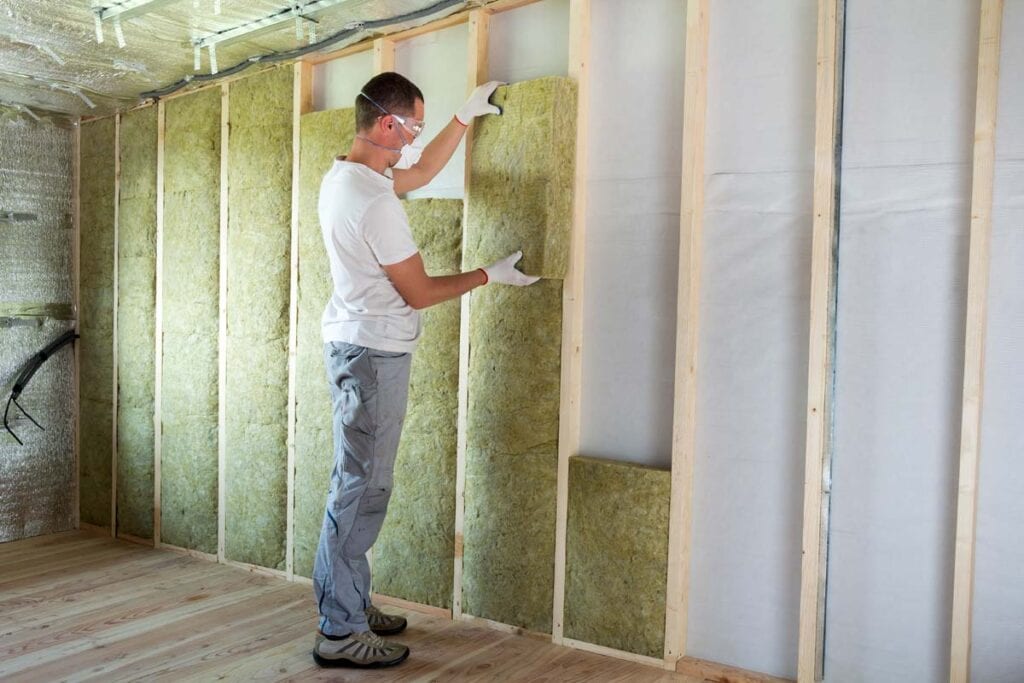
Internal walls are represented as 2 parallel lines on your floor plans. If they are insulated they will be hatched in the pattern for insulation.
External Walls
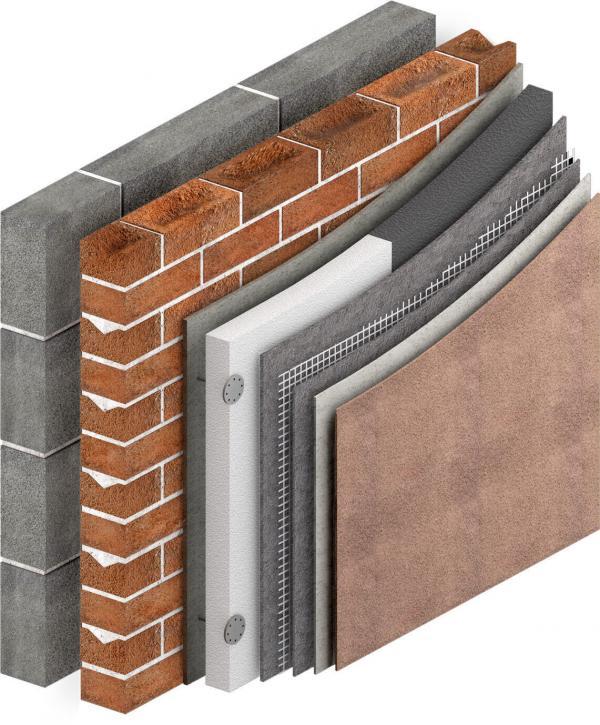
The are numerous types of external walls used in house designs. These are are shown on the floor plans to show the builder what wall goes where. Typical wall types that you will see drawn on you floor plans are shown on the legend below.
Walls must be able to exclude rain, wind, snow, frost and sometimes heat and glare from the sun. The walls should often at the same time need to allow the building to be naturally ventilated and natural light to enter the building. In this respect, there are two broad functions the wall needs to perform. It should resist moisture from the ground and therefore would normally need damp proof courses to do so.
 Imagup General Magazine 2024
Imagup General Magazine 2024
